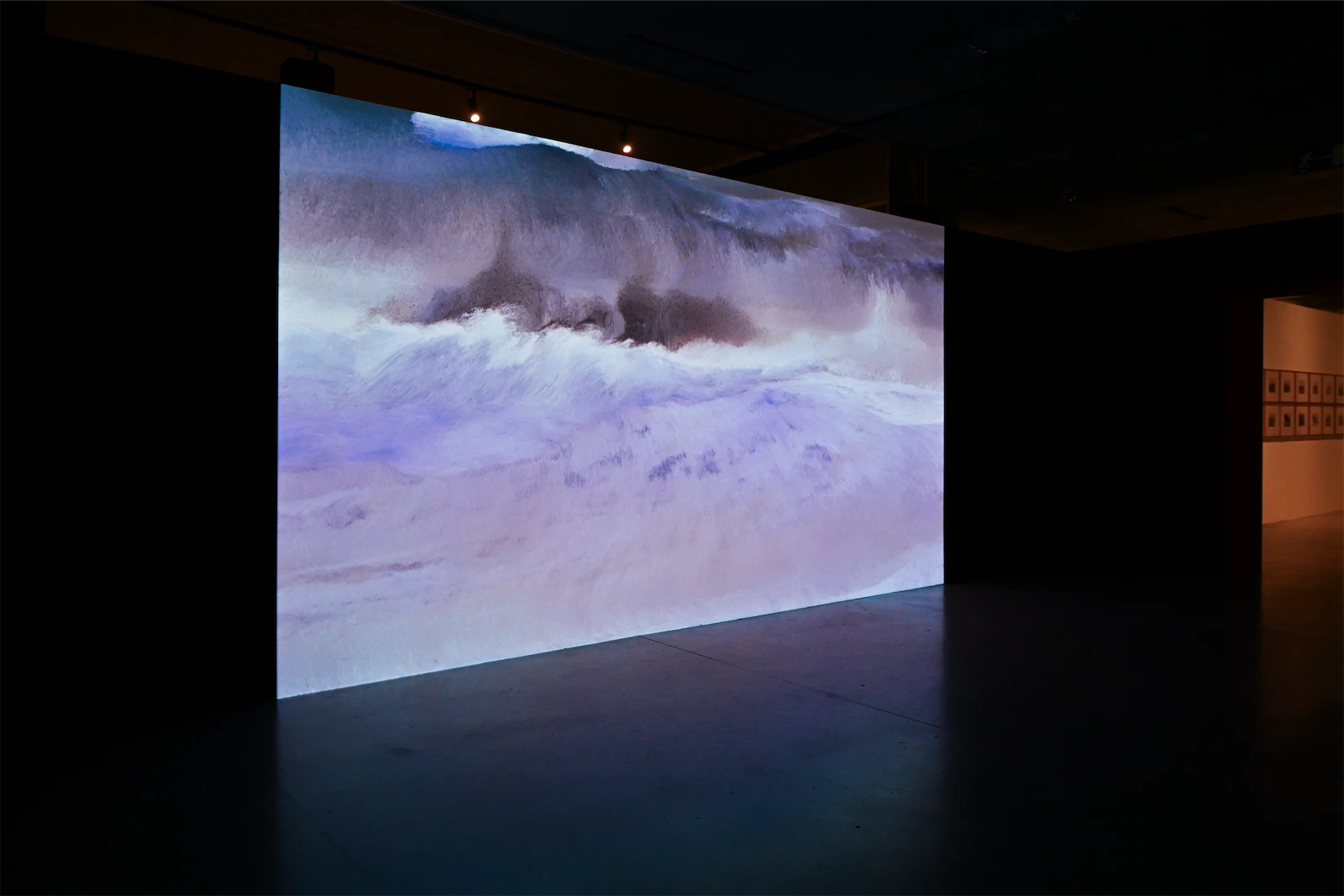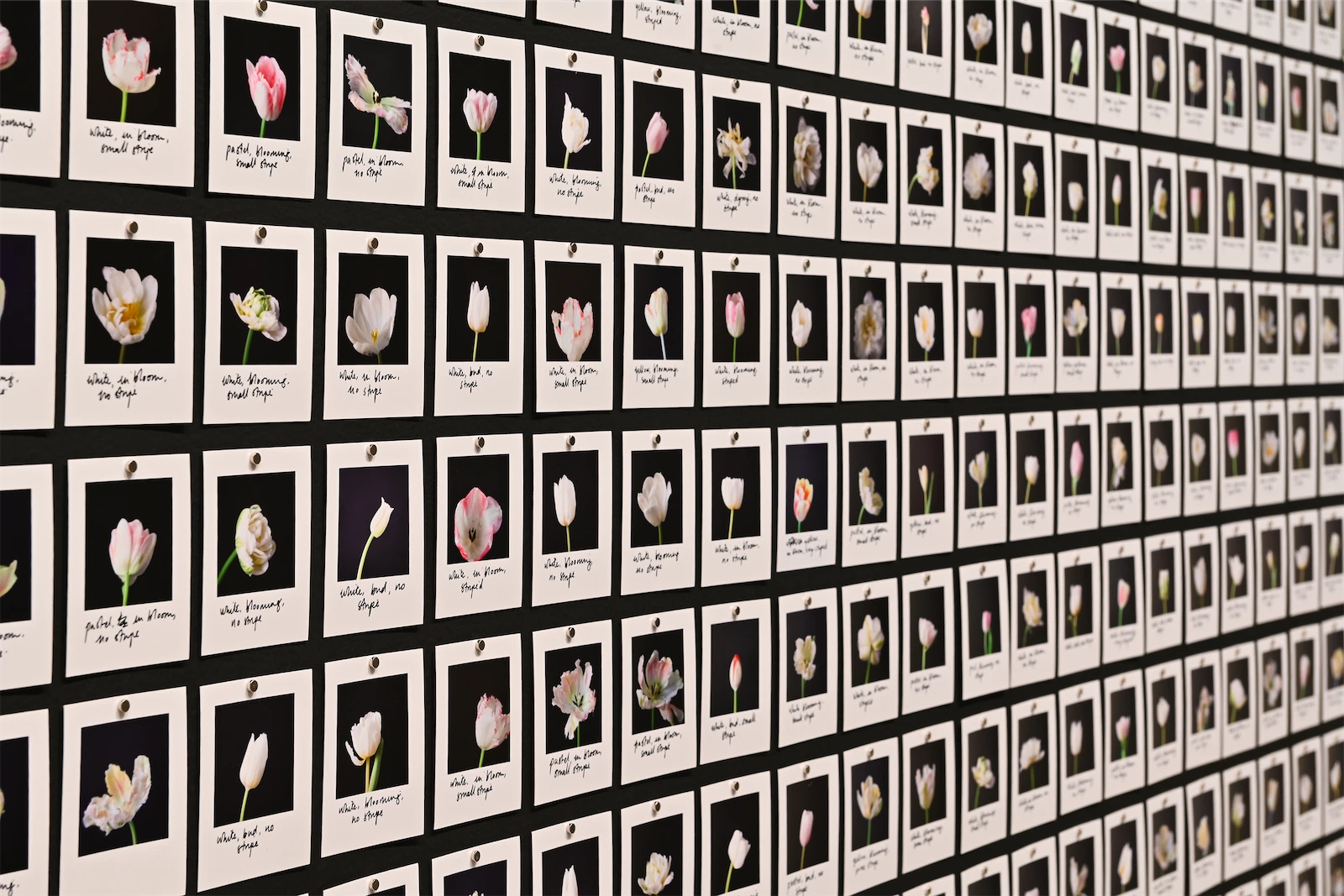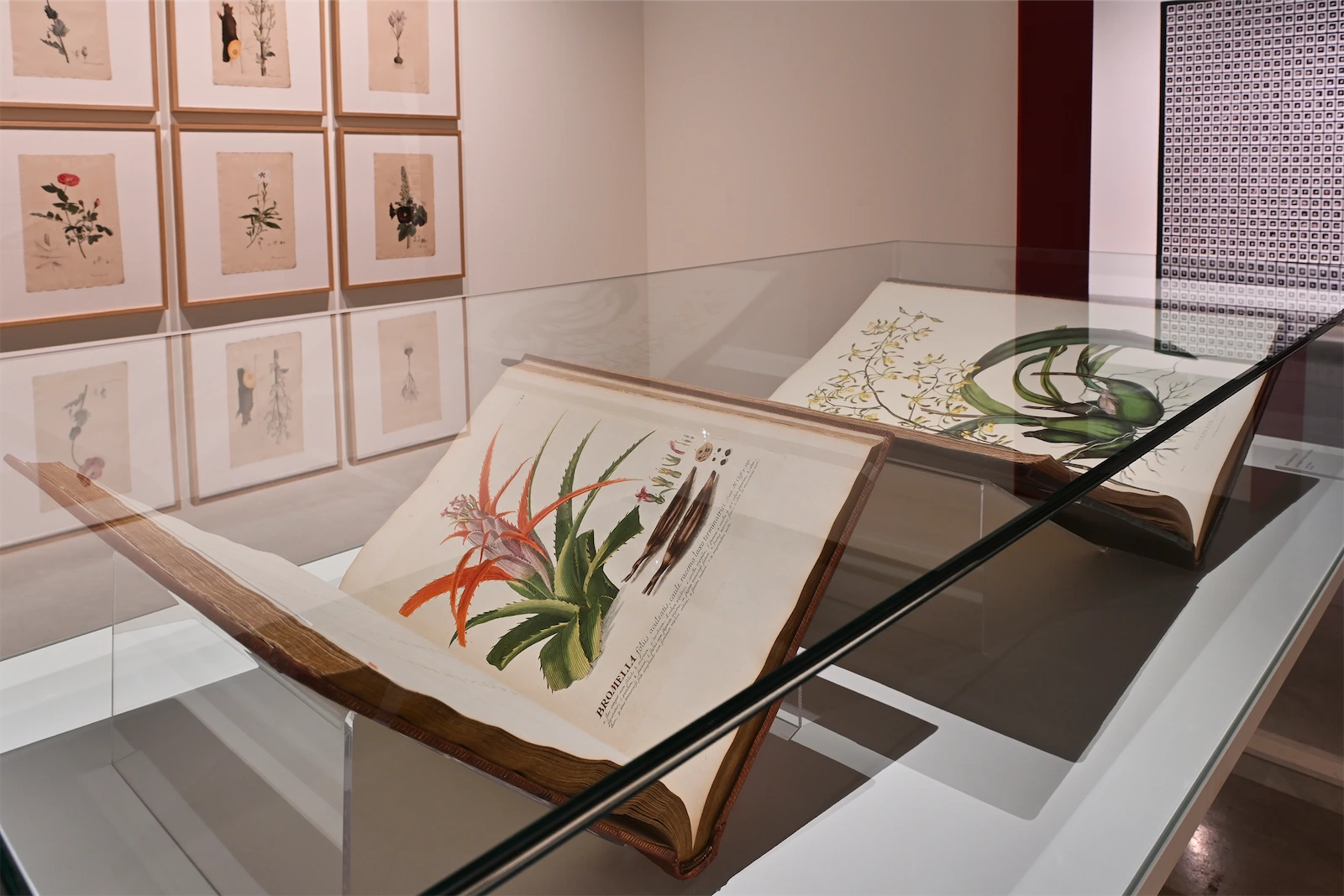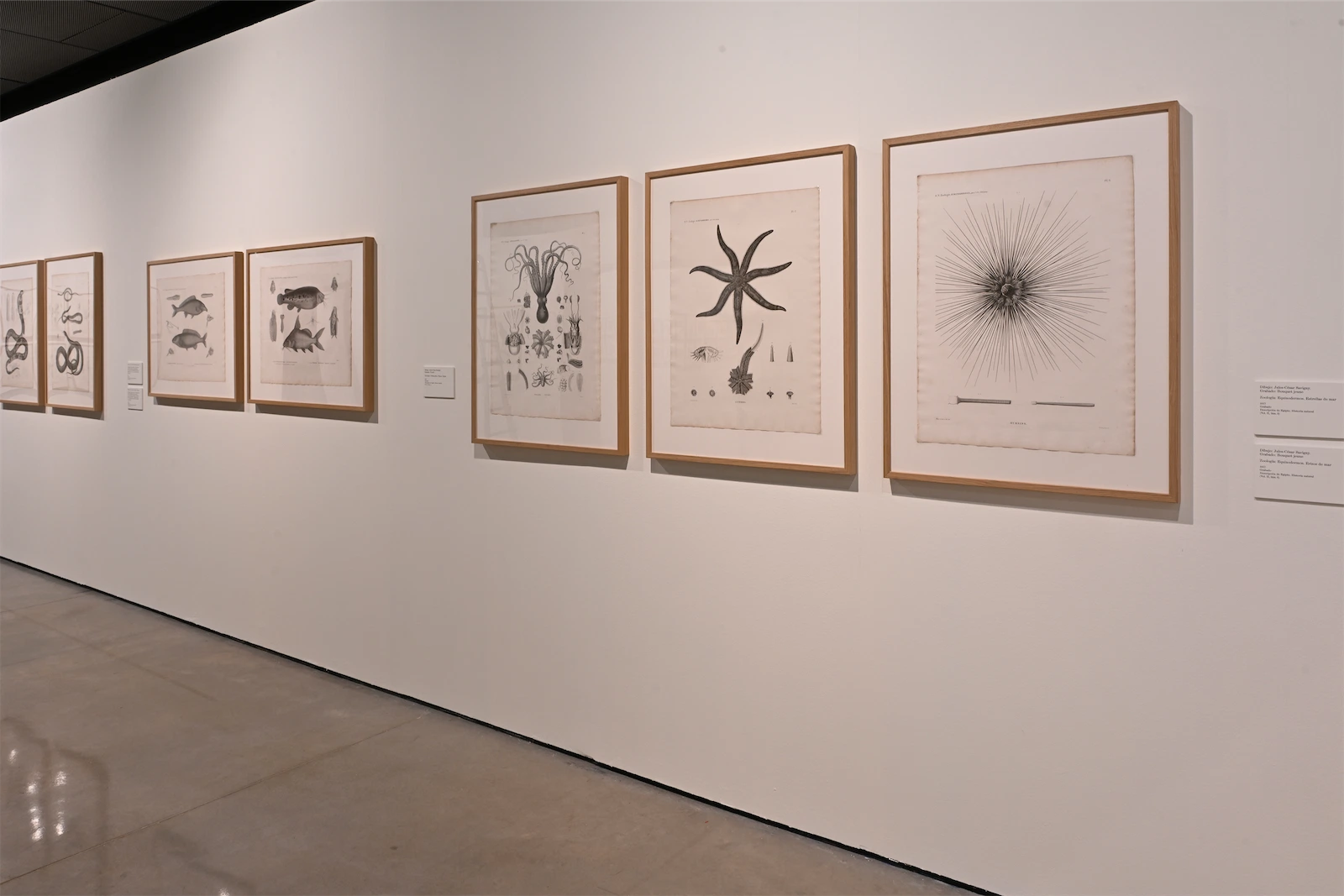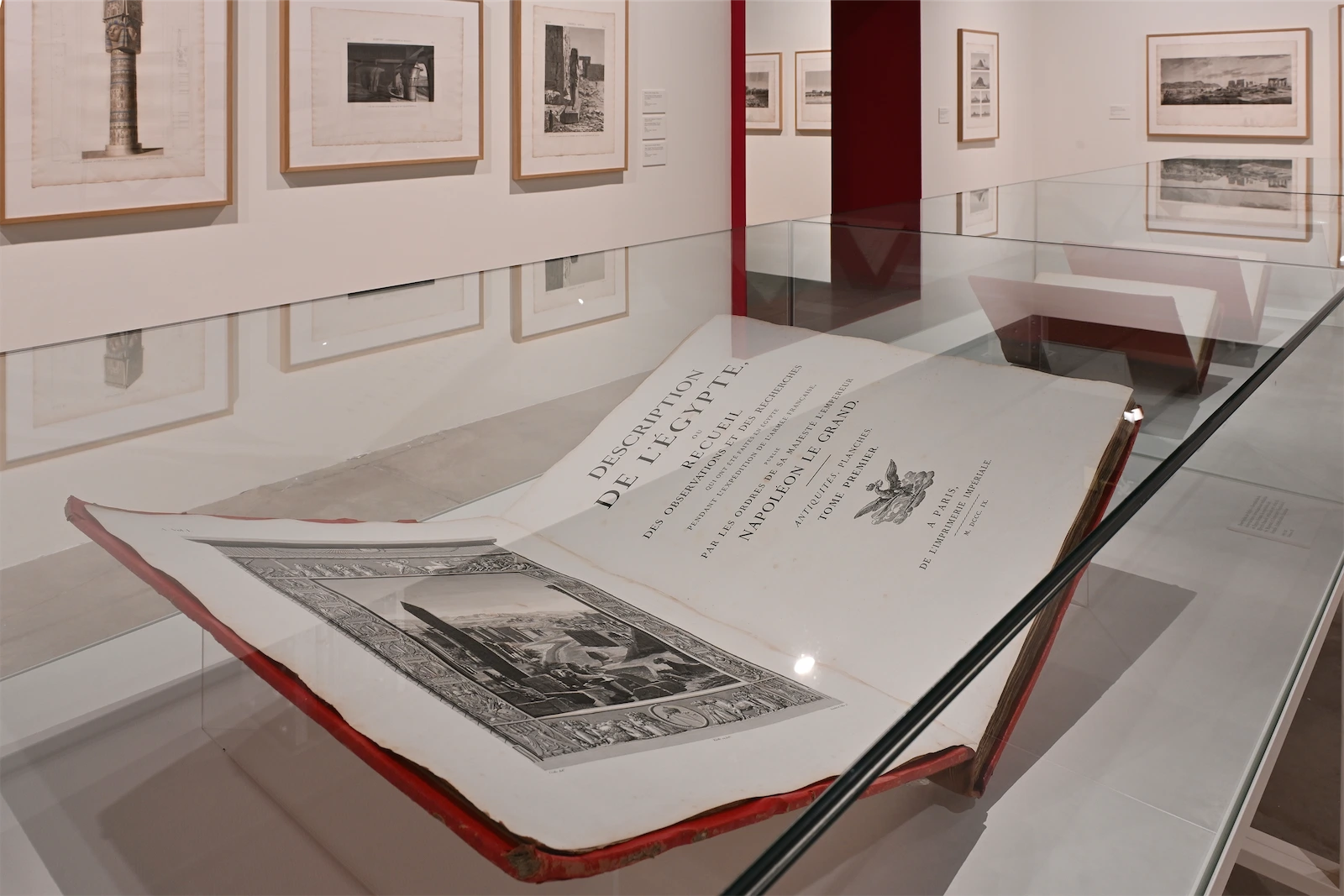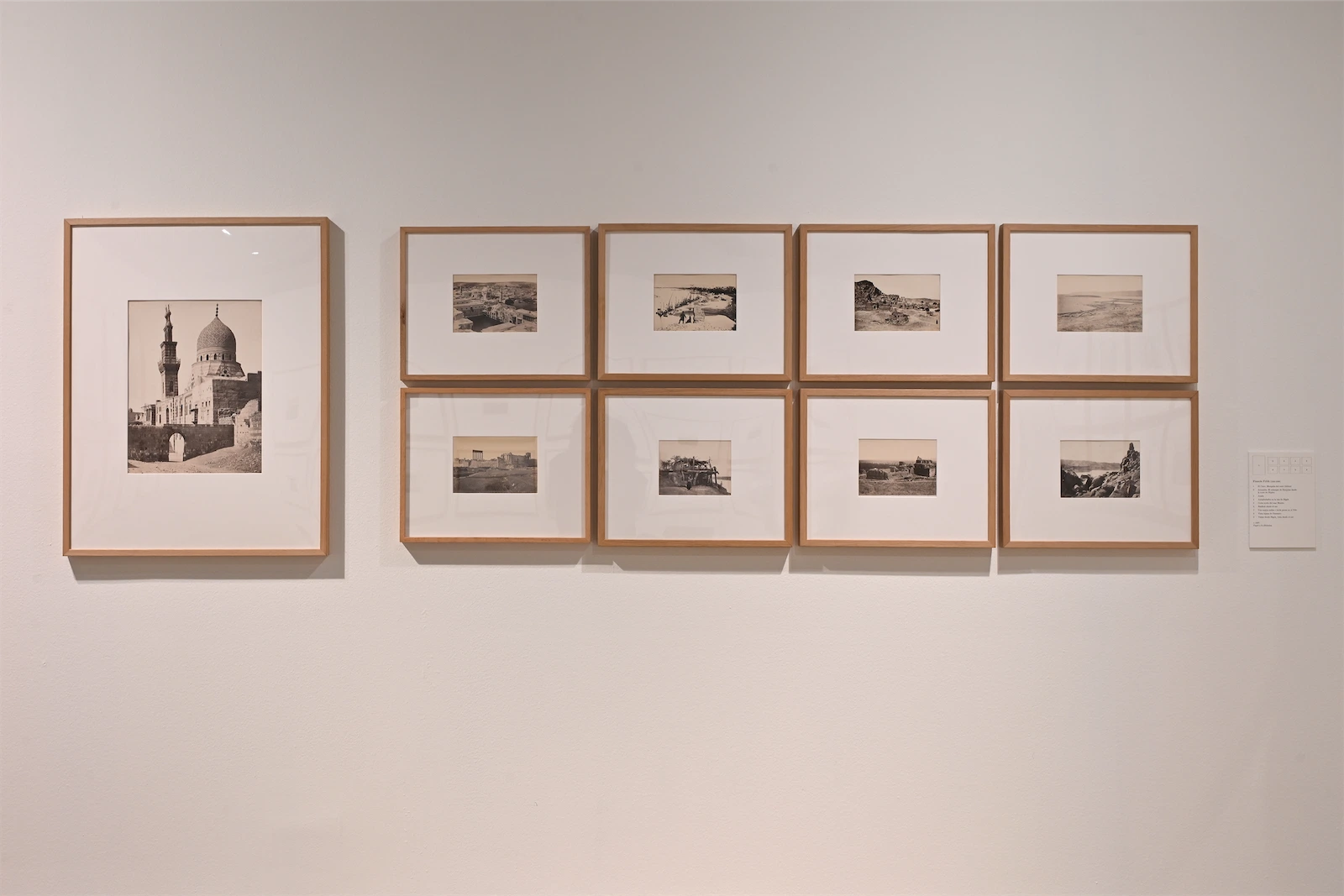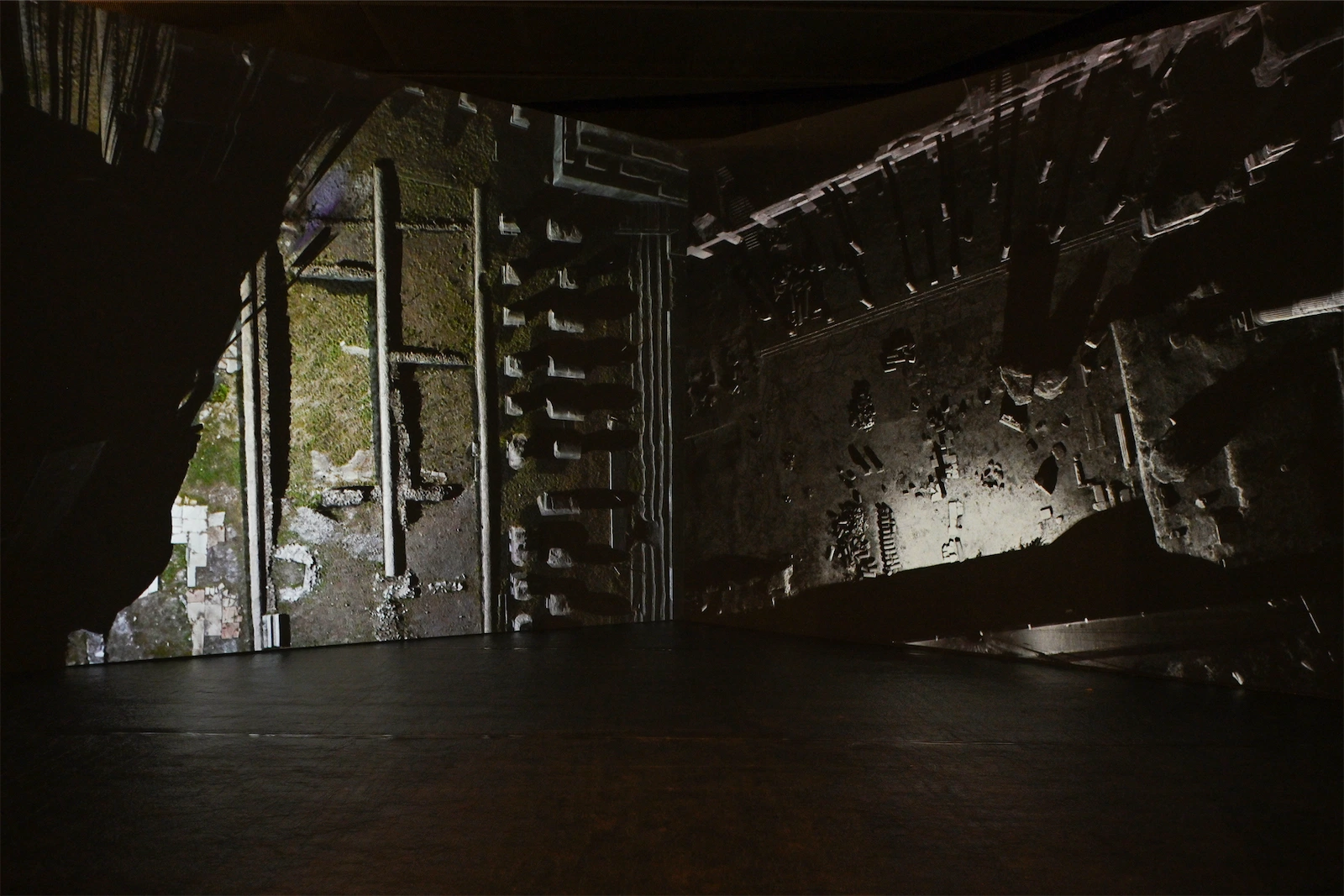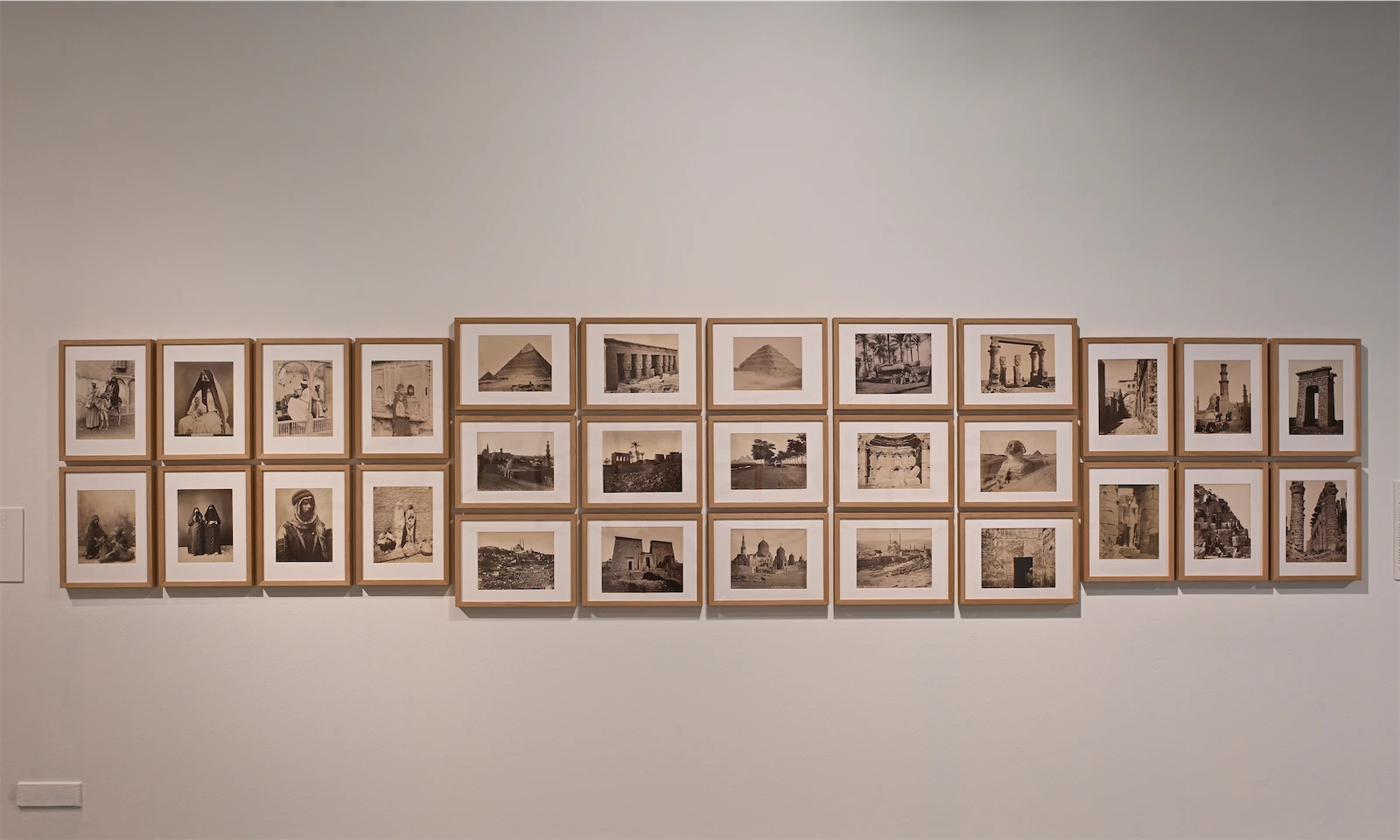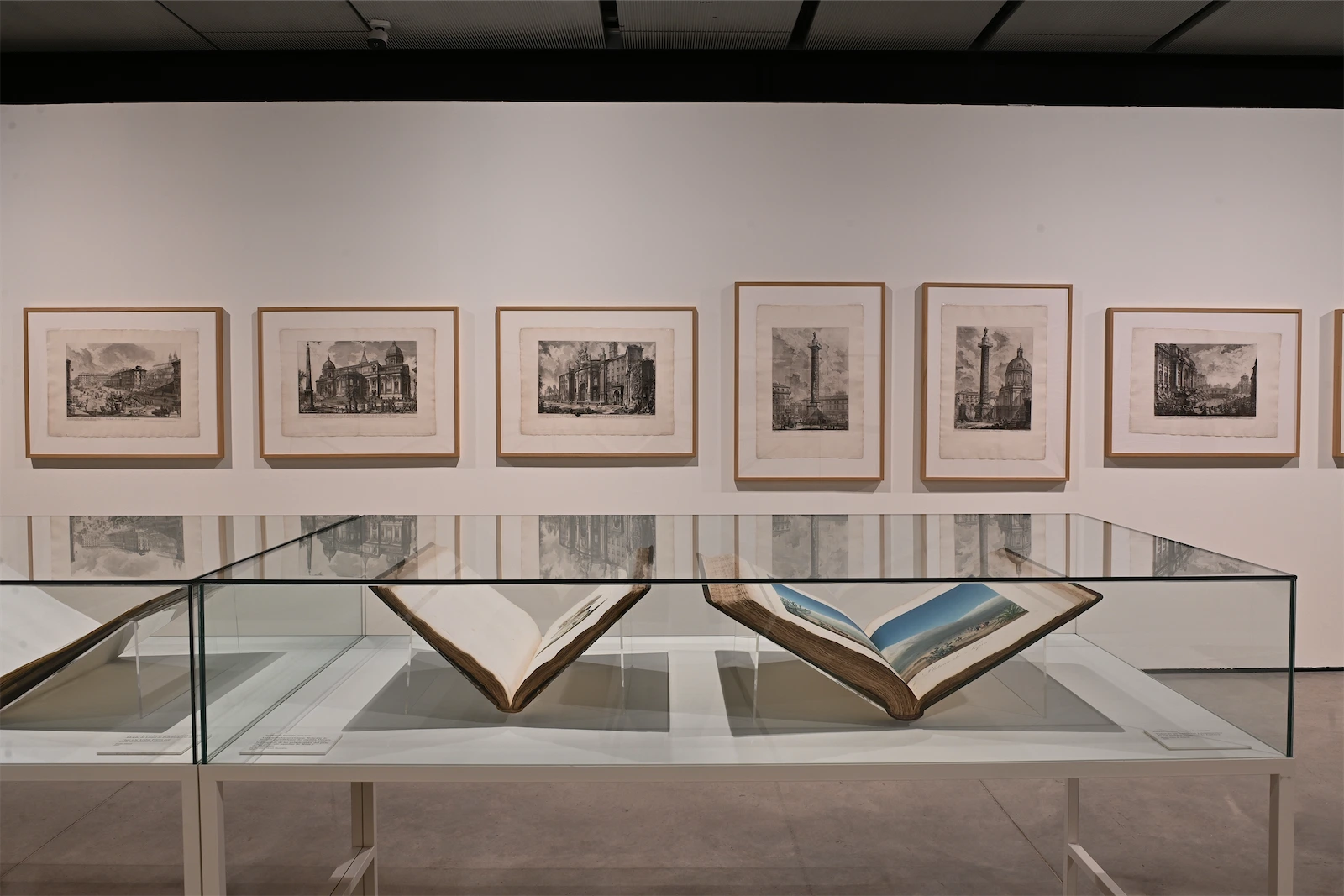
The exhibition The Sleep of Reason. From the Enlightenment to Artificial Intelligence explores the ways in which we have represented reality throughout history—from the use of drawing and engraving as scientific tools to objectively depict the world, to the revolutionary emergence of photography.
The exhibition The Sleep of Reason. From the Enlightenment to Artificial Intelligence explores the ways in which we have represented reality throughout history—from the use of drawing and engraving as scientific tools to objectively depict the world, to the revolutionary emergence of photography.
The exhibition The Sleep of Reason. From the Enlightenment to Artificial Intelligence explores the ways in which we have represented reality throughout history—from the use of drawing and engraving as scientific tools to objectively depict the world, to the revolutionary emergence of photography.
The Enlightenment, driven by a renewed cultural and scientific curiosity, marked an intense European effort to understand and catalogue the world, promising an unprecedented expansion of knowledge. In the 18th century, this knowledge was captured in drawings and engravings aimed at broadening humanity’s intellectual horizons. Throughout the 1700s, unprecedented efforts to compile knowledge—such as Diderot and d’Alembert’s Encyclopédie, or the scientific albums produced by expeditions across the five continents—flooded Europe with images that aspired to document everything on Earth with a level of objectivity and precision never before achieved. Thus was born a visual culture that endures to this day, evolving in close alliance with technology and adapting to the pace of technical advances in pursuit of ever-greater detail and accuracy.
The exhibition The Sleep of Reason. From the Enlightenment to Artificial Intelligence traces a journey from the use of drawing and engraving as scientific methods of objective representation, to the revolution brought about by photography. From there, it opens a dialogue with our present, shaped by new technologies and artificial intelligence programs, where reality is no longer merely captured but generated through algorithms and mathematical models.
Curated by Valentín Vallhonrat and Ignacio Miguéliz, the exhibition brings together nearly 300 works, mostly from the collection of the Museo Universidad de Navarra. These include drawings, engravings, and photographs created between 1745 and the 1870s. Highlights include a remarkable selection of engravings depicting flora and fauna by authors such as Theodor Friedrich von Esenbeck and Alexander von Humboldt, original works by Piranesi from his Views of Rome series, and the magnificent imperial edition of the Description of Egypt, commissioned by Napoleon during his campaign in Egypt—one of the most ambitious publishing projects of the modern era.
The invention of photography in 1839 is represented in the exhibition through a wide array of pioneering works by photographers who travelled to the eastern Mediterranean in search of the same subjects and iconographies previously illustrated by engravers of Napoleon’s expedition. As François Arago noted in his speech to the Paris Academy of Sciences, photography offered “immense advantages that could have been achieved during the Egyptian expedition through this exact and rapid means of reproduction.” With the immediacy and supposed objectivity of the new technology, “a vast number of true hieroglyphs will replace the purely conventional fictitious ones, and drawings will everywhere surpass the works of the most skilled painters in accuracy and local colour.”
Today, in the 21st century, we are witnessing a new visual revolution: the creation of images generated by artificial intelligences trained on vast datasets, combined with ultra-high-resolution technologies, opens a fascinating horizon of knowledge while further complicating the question of the relationship between image and reality. Interspersed throughout the exhibition, contemporary installations by Anna Ridler, Quayola, and ScanLAB Projects immerse us in a new way of seeing and understanding the world, shaped by technologies such as big data, LiDAR lasers, and generative artificial intelligence. Like the engravings of the 18th century and the photographs of the 19th, these works express the power of art and technology to create new forms of representation, observation, and understanding—and invite us to reflect on what it means to see and to believe in what we see.
In collaboration with:






